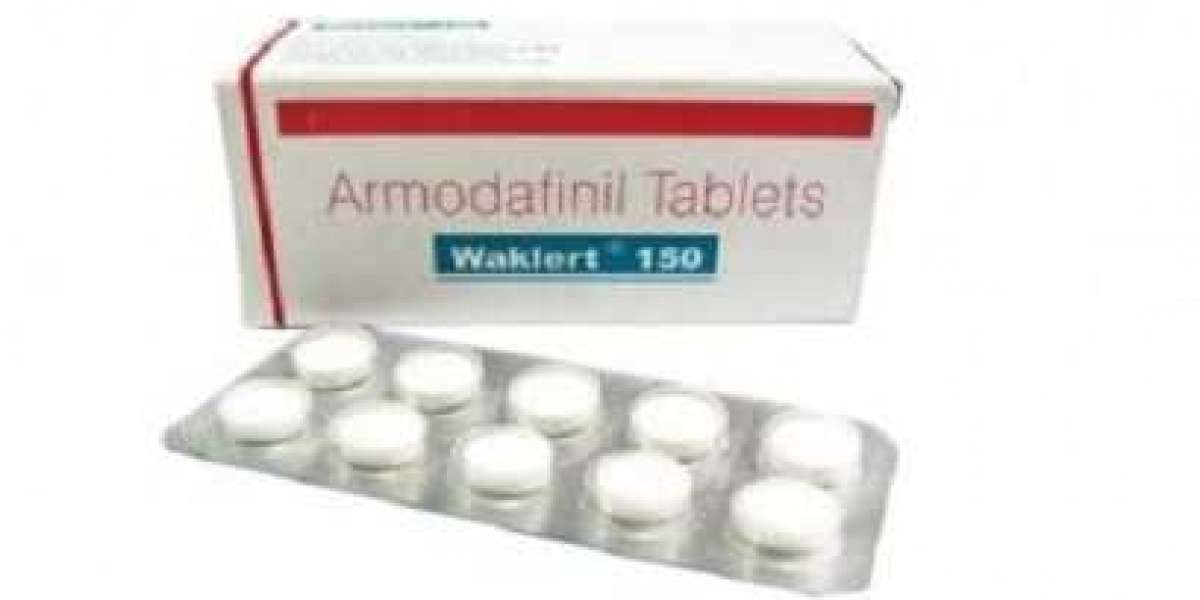Being mindful of a battery’s warranty can help you get more value from your battery. A warranty won’t magically extend the lifespan of a battery, but if something goes wrong, you can rely on your warranty to get a new battery.
Most lead-acid batteries have warranties of five years or fewer. You can expect to see warranties of ten years or more for lithium-ion batteries.
Solar Battery Temperature
Like anything using electricity, temperature is a constantly important consideration. Batteries won’t do well in either extreme heat or extreme cold. The best place for a solar power battery is in a temperature-controlled space where it won’t be exposed to the elements.
When exposed to high levels of heat, the chemical reactions inside the battery will accelerate. This will decrease its lifespan and increase the rate of wear and tear, leading to more frequent replacements.
Cold, on the other hand, will slow chemical reactions. This causes electrons to slow down and chemical reactions to end sooner, draining the battery much faster than usual and leading to more frequent drain-recharge cycles.
Lead-acid batteries are especially vulnerable to extreme temperatures. For lead-acid batteries, do your best to keep them in environments where the ambient temperature is between 40°F and 80°F.
For lithium-ion batteries, the range is more generous. Keep them in areas between 0°F and 140°F for best results, and do your best to avoid either end of the temperature spectrum.
Lead-acid batteries are a little more involved, as there are two types of lead-acid batteries to consider. There are sealed lead-acid batteries and flooded lead-acid batteries.
For sealed lead-acid batteries, all you need to do is check the state of charge with a multimeter occasionally. Do this when the battery is under no load. Then, inspect cables and terminals, and tighten any loose connections. Remember to dust the battery.
For flooded lead-acid batteries, you need to check your battery every two to four weeks for best results. Water levels will drop over time, so make sure to refill using distilled water only. Only fill to the max level line.
Using a refractometer, check the state of charge. You want to see if your battery holds a charge after a full charge cycle. Perform a controlled overcharge every one to three months to ensure your cells are charging equally.








